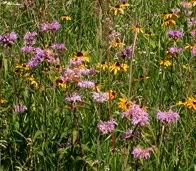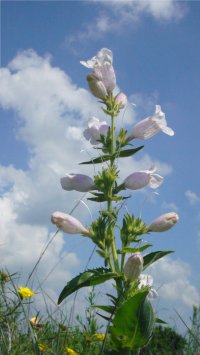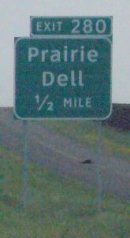 From BioPact – "Tallgrass Prairie Center to study polyculture prairie hay for bio-electricity: combining conservation and restoration with bioenergy":
From BioPact – "Tallgrass Prairie Center to study polyculture prairie hay for bio-electricity: combining conservation and restoration with bioenergy":
"The University of Northern Iowa’s Tallgrass Prairie Center is conducting a five-year project to research how prairie hay can be used to generate electricity, partnering with Cedar Falls Utilities, Soil Tilth Lab at Iowa State University and the Black Hawk County Conservation Board."
"The Tallgrass Prairie Center is a strong advocate of progressive, ecological approaches utilizing native vegetation to provide environmental, economic and aesthetic benefits for the public good. The center is in the vanguard of roadside vegetation management, native Source Identified seed development, and prairie advocacy."
There is another good article on BioPact, "Bioenergy, conservation and wildlife protection can boost each other" that discusses biofuel from native prairie plantings. The article described how native prairie plantings can provide cellulosic biomass for ethanol and other bioenergy methods while simultaneously sequestering carbon in the soil, improving water quality, and providing habitat for grassland birds, other prairie wildlife, and native prairie plant communities.




 Butterflies like the Monarch have always been one of my favorite parts of the prairie.
Butterflies like the Monarch have always been one of my favorite parts of the prairie.
 In Texas, prairie lives on only in name in many places. In my experience, most people living in tallgrass prairie ecoregions aren’t aware they live in such a region, don’t know it is an endangered ecosystem, and have never seen the beauty of tallgrass prairie.
In Texas, prairie lives on only in name in many places. In my experience, most people living in tallgrass prairie ecoregions aren’t aware they live in such a region, don’t know it is an endangered ecosystem, and have never seen the beauty of tallgrass prairie.
